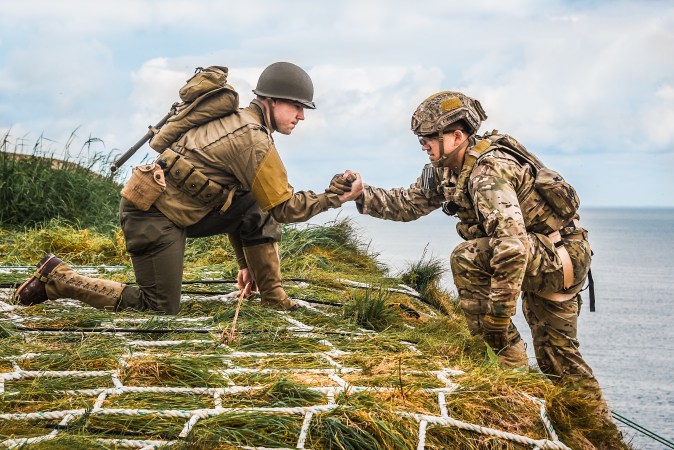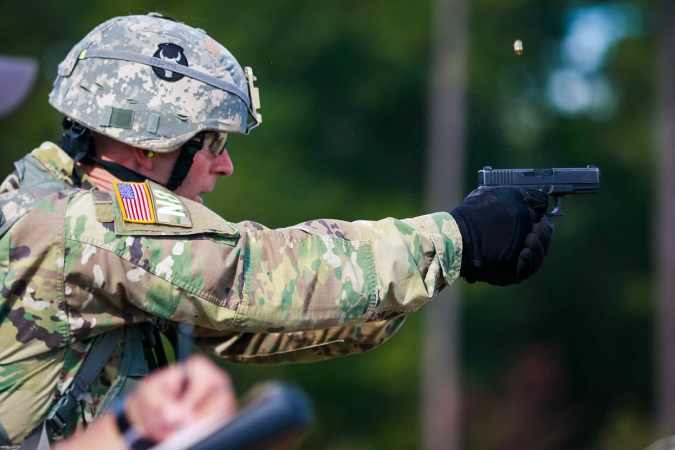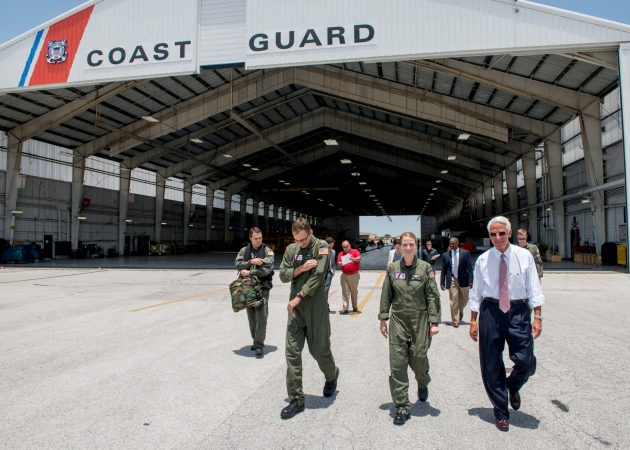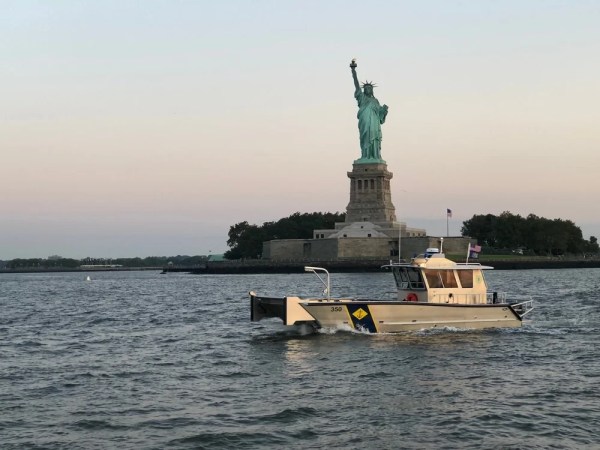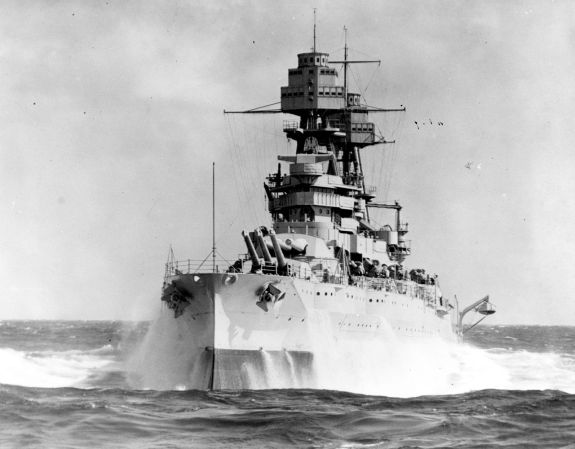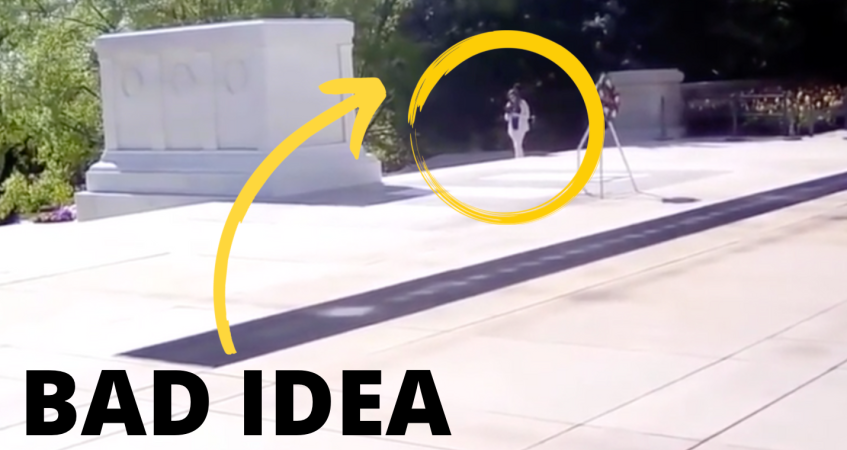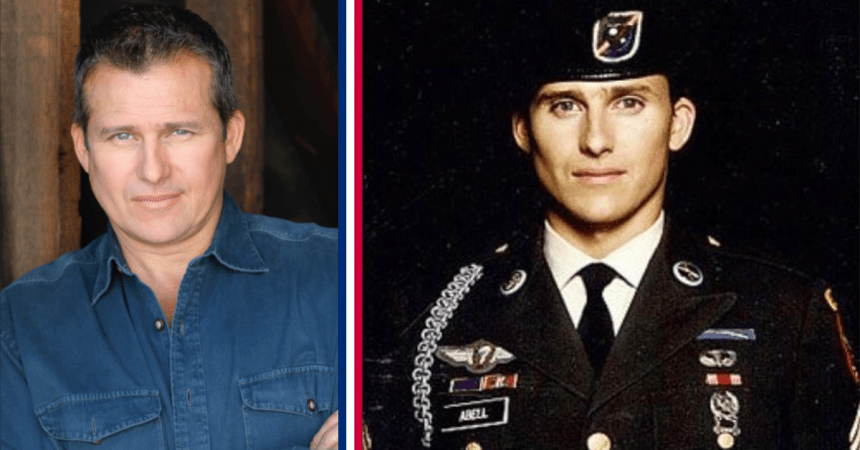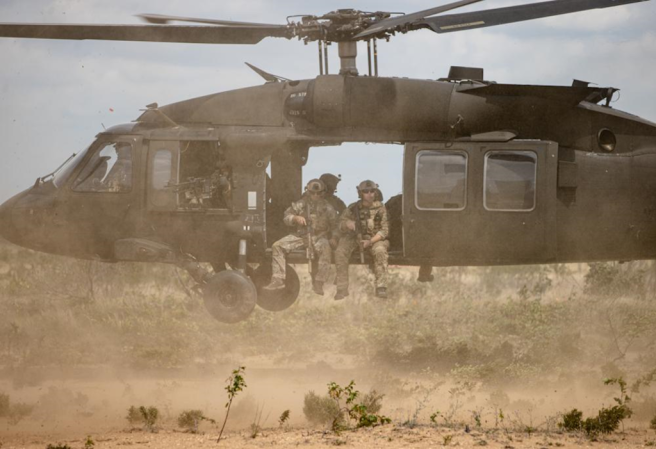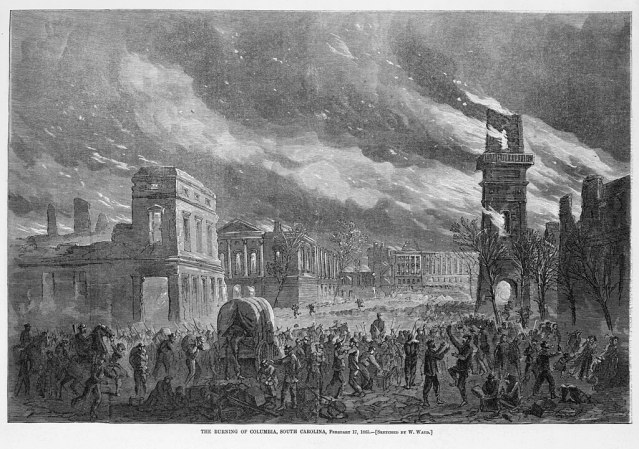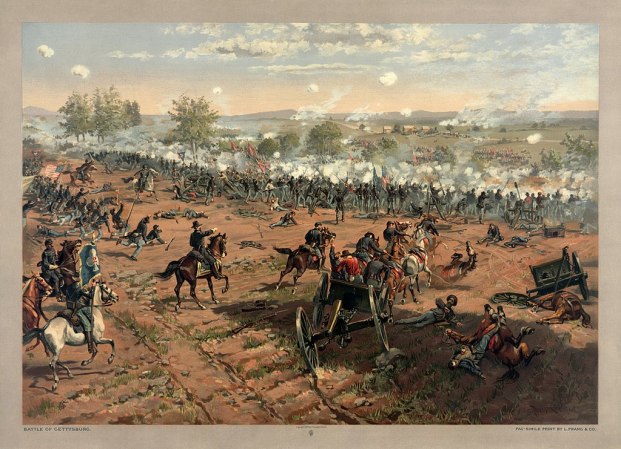A State Defense Force (SDF) is a state militia under the command of the chief executive of that state only. Twenty-five states in America have some kind of SDF, and all states have laws allowing one. Whether they call it state guards, state military reserves, or state militias, they are not a part of the National Guard of that state and only partially regulated by the federal government and cannot come under federal control.
Title 32 U.S. Code § 109 subsection (c) provides for these SDFs.
In addition to its National Guard, if any, a State, the Commonwealth of Puerto Rico, the District of Columbia, Guam, or the Virgin Islands may, as provided by its laws, organize and maintain defense forces. A defense force established under this section may be used within the jurisdiction concerned, as its chief executive (or commanding general in the case of the District of Columbia) considers necessary, but it may not be called, ordered, or drafted into the armed forces.
During World War I, Congress authorized states to create Home Guards as reserve forces aside from the American Expeditionary Forces in Europe. During WWII, the 1916 legislation was amended to allow state militaries to defend their own states. Now called State Guards, they were trained and equipped by the federal government but maintained their separation. It wasn’t until 1956 that Congress allowed for the continual existence of these units outside of a wartime role. For a time, these SDFs existed only on paper. During the Reagan Administration, that changed. Reagans Department of Defense wanted SDFs in all states.

The last part of the legislation says an SDF cannot be drafted into the Armed Forces of the United States, but that same legislation says that an individual member can. This is to ensure the independence of the SDF from the state National Guard. While typically organized as Army units, the SDFs vary, with some akin to the Navy and Air Force.

Before rushing to join your state’s SDF, be advised there are a lot of controversies surrounding SDFs. In the late 1980’s, the governor of Utah had to fire 31 officers for creating an SDF full of neo-nazis, mental patients, and felons. After September 11, 2001, Alaska disbanded its SDF because their lack of actual military training was more of a liability. New York’s SDF was full of Generals who have never had any military training, they were appointed by the governor as a reward for support. Some SDFs have no fitness or weight standards (California) while others are highly restrictive (Tennessee requires its SDF members be honorably discharged from the U.S. military).
State Defense Forces have assisted in many disaster-related capacities, however. They augmented forces in support of Hurricane Katrina relief, especially in states surrounding Louisiana, to assist with the expected influx of refugees. In Texas, the SDF responds to local emergencies (like flash floods) that aren’t declared disaster areas but need help anyway. They provide security augmentees for regular military forces and provide emergency medical training to National Guard units and other areas of the U.S. military.

The state SDF could be a good way for a military veteran to continue serving their country while providing those without that experience their much-needed expertise. Every state has a different enlistment process and requirements, so there isn’t a single portal to joining, but be sure to do the research on the training and operations for your home state before applying.
[shopify embed_type=”product” shop=”shop-wearethemighty.myshopify.com” product_handle=”watm-charcoal-basic” show=”all”]




